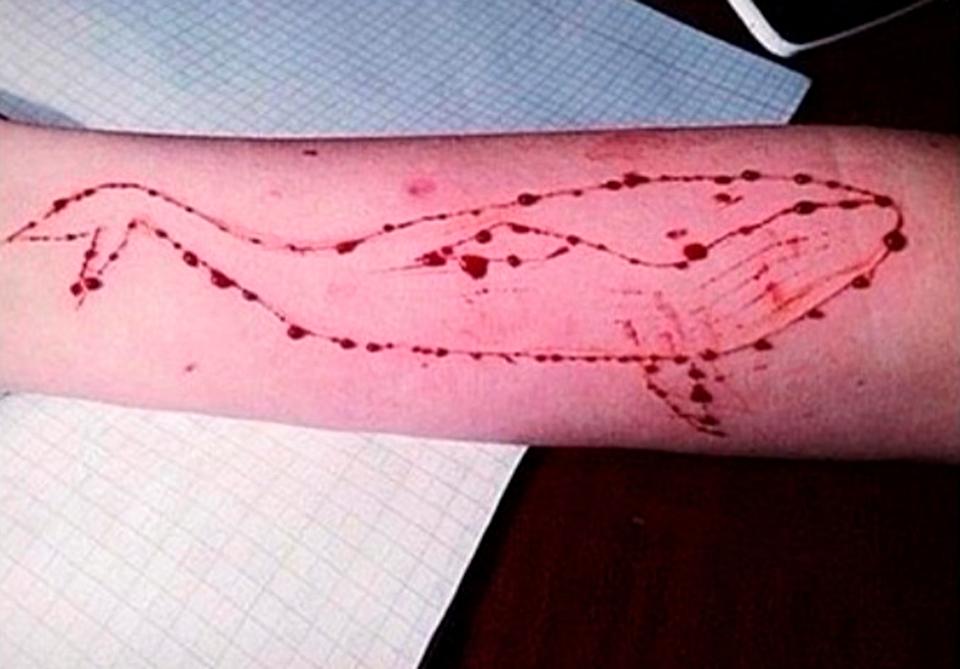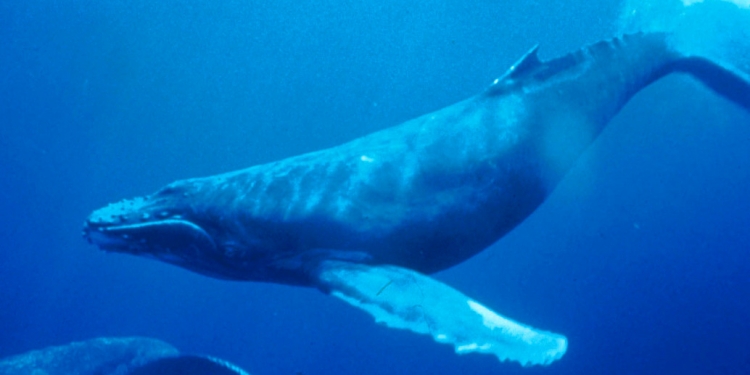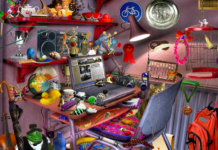The new killer in our midst is the Blue Whale – not the gentle creature of the under seas, but a game on social media that ends up taking lives.

We live in an era of social media. Over lives have become an open book and we have no place to say `this is my private place’ or no place to hide either. Social media has two sides: it can be entertaining, helpful, engaging and can help fight loneliness. But there is a darker side too – it can turn out to be a killer.
We haves heard of how people have committed suicide after capturing the event live; murders have been committed through live streaming, girls have been snared using social media and raped and killed.
The new killer in our midst is the Blue Whale – not the gentle creature of the under seas, but a game on social media that ends up taking lives. So far the game has reportedly claimed 130 lives in Russia alone where the sick game is reported to have originated. In India, the first suicide attributed to the Blue Whale challenge was reported from Mumbai this week. Though the police are yet to confirm if the suicide of the Mumbai student was due to the game, the tell-tale signs point towards that end.
The creepy, sick and shadowy Blue Whale “suicide challenge” is mainly aimed at brainwashing young ‘gamers’ into killing themselves. The game is made available to young teenagers on social media sites if they endorse certain hashtags and get involved in some exclusive groups.
There is a pattern to the youngsters who subscribe to the game: they in their early teens when their minds and thoughts can be manipulated; they are generally lonely or are not able to mingle with others; they are introverts, poor in communication, seldom can they become leaders or command respect in peer groups.
When the player manages to sign up for the game, she or he is assigned to an administrator who provides them with a daily task to complete for 50 days. After the completion of each task, the challenger should send photographic proof of completion. Initially, the tasks are easy and simple and may include things like watching a horror movie or waking up at odd times. This phase of the game is to hook the gamer in and get attached to the administrator. The administrator becomes her or his life partner.
Once the gamers get sucked in, the challenges take a bloody twist. The games slowly become physical. The gamers are told to inflict harm upon themselves – like getting a tattoo done by spilling blood or cut a portion of their palm and `enjoy’ the blood flowing. From day 40 to 50, the violence becomes more pronounced or weird – like secretly filming sisters or mothers taking bath or getting dressed or undressed. By then the gamers are fully into the challenge. On the 50th and final day, they are told to terminate the game by committing suicide. Photographs of the preparation for suicide have to be sent to the administrator.
Some gamers develop cold feet when the challenge becomes violent or weird. At that time, they are threatened by the administrator that the information and videos would be made public and that would bring harm to them or their loved ones.

The game became a runaway `success’ in Russia for the obvious reason that the country has the second highest teen suicide rates in the world. New Zealand tops the list.
There are many such sick groups in Russia that prod and instigate youngsters to bad behaviour and also, sometimes, commit suicide. The most popular one is VKontakte (also known as VK) that is known to ensnare and incite young teens into committing suicide. Media investigations have shown that there are over 1,500 VKontakte communities, mostly under 30, that has easy access to pornographic images, video and other such materials shared within certain groups and communities on the platform.
Other death groups include `Silent House’, `Sea of Whales’ and the mysterious `#f57’.
But why are authorities in Russia remaining silent when a segment of their young population is on a death row, one may wonder. But the fact is that there is a law in Russia to shut down websites promoting suicides. But then, new ones surface as soon as old ones are shut down.
But why do youngsters take to such groups? Suicide gene is ingrained in almost all of us, but it is very very dormant. In some, the gene get expressed when they are depressed, lonely, broken in relationship or get isolated from peer groups. It all starts with inflicting self harm like cutting the skin or anorexic and bulimic behavior and end up in suicidal feelings, especially among teenagers.
Studies have shown that a small percentage of teens facing depression, especially if isolated from supportive friends and family, are known to venture into groups like Blue Whale. They could also be victims of cyberbullying.
Teenagers with pre-existing suicidal thoughts are most likely to get attracted and ensnared to similar online clusters. These teens know for sure that in these groups they can find like-minded youngsters.
One must also factor in the vulnerability to self harming behavior and suicidal thoughts among emotionally-or-socially marginalised adolescents
Suicidal tendencies in youngsters can also stem due to broken families, family discord and distress, lack of love and affection in families, alcohol and drug abuse and the frustration of living in a corrupt society.
Thus, it is possible that the suicides suspected to be connected with the Blue Whale game may be of teenagers who are already running a high risk of ending their lives. The advent and availability of the game just made matters easier and may have acted as the tipping point in time.
In India, the game may have a limited run, mostly in urbanised societies. This is because in India, family ties are still important and treasured. The young are fortunate to have a supportive network at home, at school and among friends. Thus they may not get into such death games or get easily brainwashed by it.
But India should not ignore such games. Parents and educators have a major role to play in guiding and counselling the young and impressionable minds. In Singapore, a school promptly undertook awareness and debriefing talk sessions when the popular Netflix series 13 Reasons Why elaborately dramatised a teenager’s suicide.
Psychiatrists, counsellors, parents and schools in India should address issues of adolescent depression and root causes of vulnerability of young adolescents. Only this can keep the youngsters away from games like the Blue Whale.
The media also has a role to play in this by not sensationalising the suicides. This would only end up in what is called the mimic phenomenon among teens. Media should play a positive role in telling the teens on such harmful groups and not to panic over half-baked sensational reports.

In the context of Blue Whale game, children should be told that they should not follow the crowd or feel pressured into doing anything that makes them feel unsafe.
In UK, Childline has offered the following tips on how to say no to such crazy games:
1) Say it with confidence: Be assertive. It’s your choice and you don’t have to do something which makes you feel unsafe or uncomfortable.
2) Try not to judge them: By respecting their choices, they should respect yours.
3) Spend time with friends who can say ‘no’: It takes confidence and courage to say no to your friends. Spend time with other friends who also aren’t taking part.
4) Suggest something else to do: If you don’t feel comfortable doing what your friends are doing, suggest something else to do.
FOR PARENTS: How to talk about peer pressure
1) Create the right situation: Make sure you both have time to talk, the atmosphere is relaxed, and remember that this is a conversation, not an interrogation.
2) Listen: Avoid solely talking at them. Listen to their concerns and their experiences.
3) Acknowledge their worries: Dismissing their feelings will only shut down the conversation and make them reluctant to talk about what’s bothering them.
4) Help them practise ways of saying no: Rehearsing with them ways to stand up to peer pressure and coming up with alternatives for them will build their confidence.
5) Keep the conversation going: Let them know that they can always come to you if they have more worries, and take an interest in how they get on saying “no”.
Any child worried about peer pressure or online worries can contact Childline. Any adult who wants advice on how to talk to their child about peer pressure can contact another helpline. India should also have such helplines, especially in urban pockets rather than wait for a spate of suicides to happen.




















































